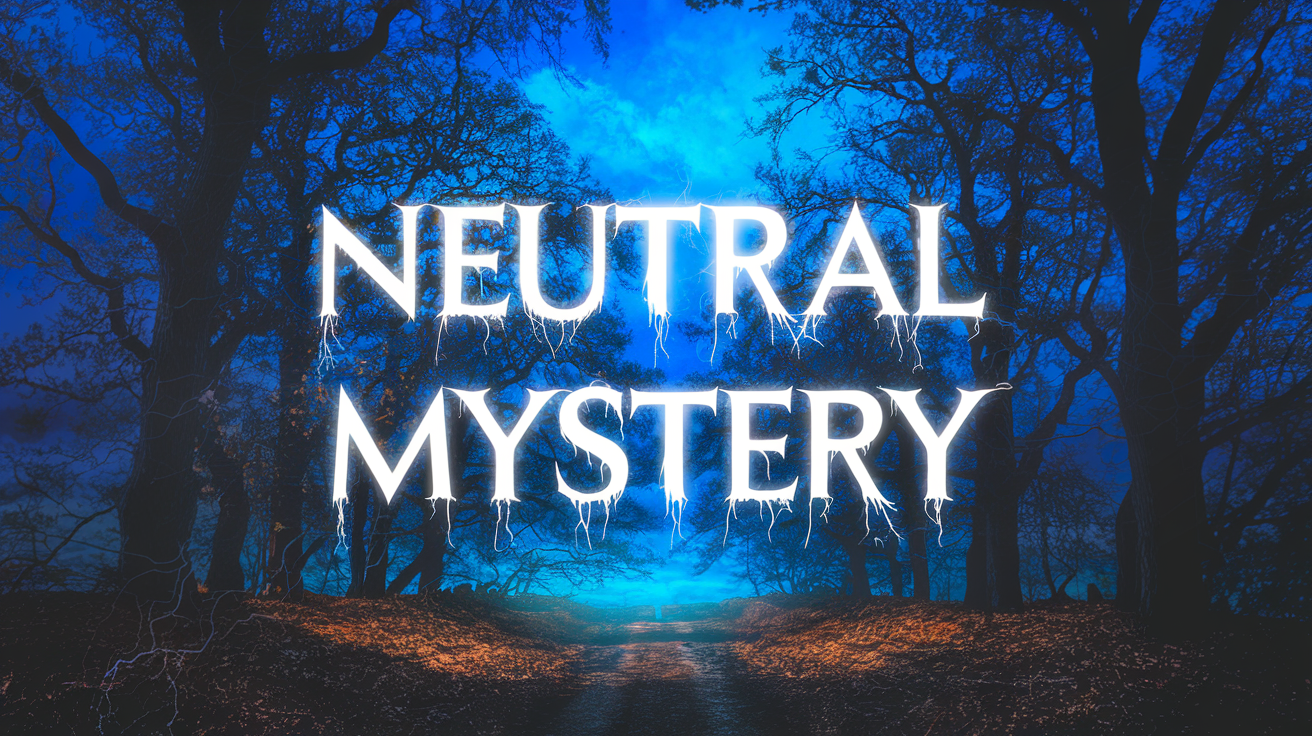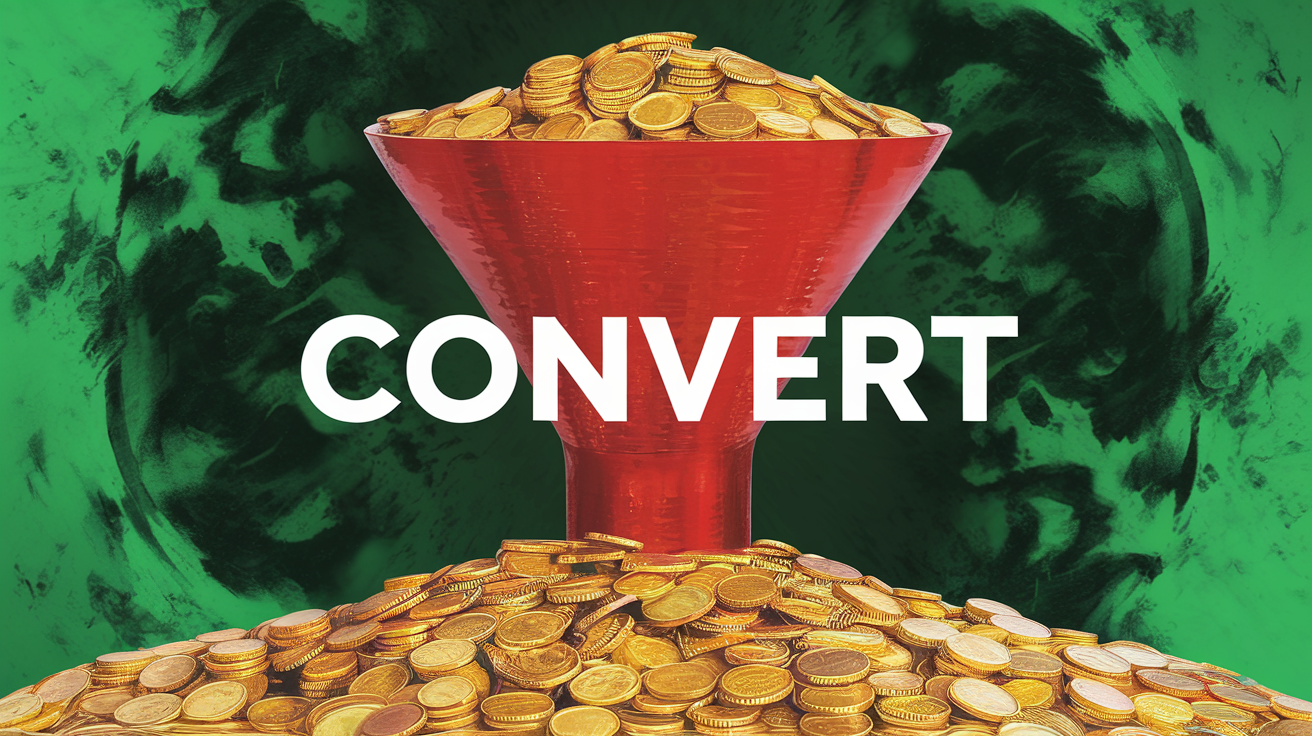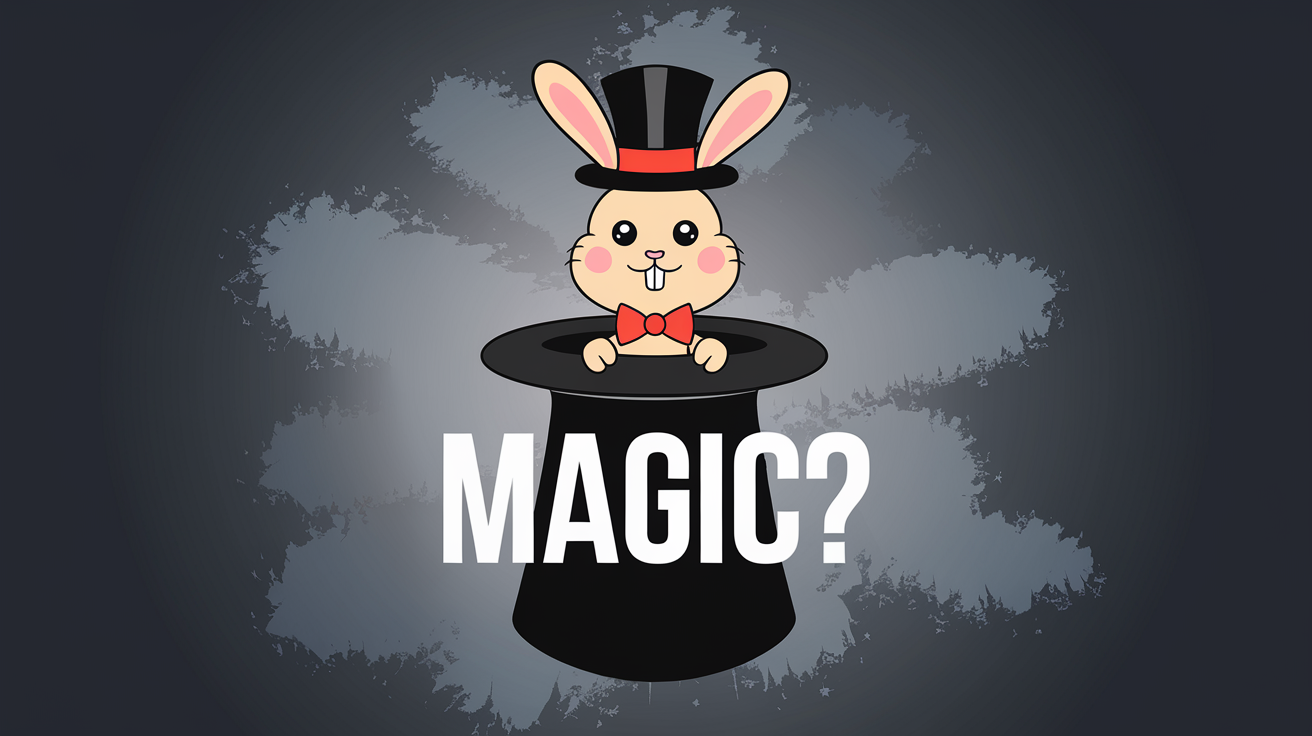Neural marketing doesn’t just sound cool, it's a valuable strategy to convert and captivate customers. In this fast-paced business era, let’s refine your strategies to make your brand stick.
Unraveling the Mysteries of Neural Marketing Techniques
Let's cut to the chase. Neural marketing, as the moniker suggests, is kind of the Jedi mind trick of the marketing world. Sound bonkers? Get this - it's all about tapping into that gray matter between your ears to understand how consumers think, feel, and make buying decisions. What's more, this isn't just theoretical psychobabble, it's a bona fide business-booster.

In essence, neural marketing explores the depths of the human brain, its responses, and how certain stimuli can trigger behaviors beneficial to businesses. I could be cheeky and say, "It's not rocket science," but considering it deals with the most complex organ in the human body, it's kind of close. Jokes apart, neural marketing is built on concrete neuroscience and psychology; it's a marriage of marketing and mind.
The psychology behind neural marketing is a game changer. By understanding the triggers that lead to consumer action, businesses can tailor their marketing strategies to the factors that matter most. Think of it like this - instead of trying to hit a dartboard blindfolded, you'd be doing it with laser-guided precision.
So, how does this impact business growth? Pretty straightforward, really. Neural marketing allows businesses to craft messages and campaigns that speak directly to the consumer's brain. And when your marketing comes off as less of a sales pitch and more like a meaningful conversation, that's when you start converting prospects into loyal customers.

Bottom line? It’s not black magic, but neural marketing techniques can help you get inside your customer’s head, grasp what makes them tick, and drive business growth like never before. Simple as that.
Making the Connection – Sales Funnel and Customer Conversion
Let’s get to the heart of it. Your sales funnel, the journey a potential buyer goes through, is your pathway to customer conversion. From top-of-funnel awareness and interest creation, to mid-funnel consideration and evaluation, and finally, to bottom-of-funnel decision and purchase, each stage is key. Messing up at any stage can put a dent in your conversion rates. So, where does neural marketing come into play?

Imagine each stage of your sales funnel as a room in a house you’re guiding your customers through. The more appealing you can make each room, the more likely they are to want to journey through to the next. In the same way, neural marketing taps into the mechanisms that impact your customers' thinking and decision-making at each funnel stage, making it potentially appealing to them.
At the top of the funnel, neural marketing techniques can be employed to direct customer attention and stimulate their interest. This could be through effective storytelling in your content marketing or creating an emotion-provoking brand message.
In the middle of your funnel, neural marketing can contribute to a potential customer’s evaluation or consideration. For example, testimonials and reviews could 'rewire' the customers' perception, deepening their trust in your brand.
Finally, at the bottom of the funnel, neural marketing techniques can tip the balance to convert potential customers into actual customers. Strategies might include creating an urgent need or desire for your product or offering a promotion which triggers the pleasure/reward part of the brain.
Remember, it's not a one-and-done thing. Neural marketing strategies can enhance conversion at each stage of the sales funnel. So, put on your neuroscience cap, mix it with your marketer hat, and let’s get converting.
Engagement Strategies: The Core of Neural Marketing
You know, it's not enough to just impress customers. Your business needs to continuously engage them, you need to hook them. And this is where Neural Marketing comes to play. This smarty-pants technique is a game changer.
Think about big guys like Amazon and Spotify. They've mastered neural marketing strategies to keep customers engaged throughout their shopping or streaming journey. With personalized recommenders, they predict what users are likely to enjoy or purchase next, based on their historical data and similar customer behavior. Quite the party trick, right?

Then there's this thing called 'loss aversion' some brands use. This tactic leverages the principle that people factor in the potential loss more heavily than potential gain. So, you see countdown timers, limited stock alerts or 'only one room left' indicators typically on e-commerce sites or booking platforms. That, pal, is neural marketing in action.
Of course, let's not forget the powerful impact of social proof on customer engagement. Showcasing user reviews, ratings, or endorsements from prominent personalities can drive up the appeal of products or services. Warby Parker's "try at home" concept leveraged user-generated content (pictures or videos of real people trying on the glasses at home) encouraging potential buyers to engage and eventually make a purchase.
People love to feel like they're part of a story, too. That's why storytelling (another neural marketing strategy) is a compelling way to engage customers. It elicits emotional responses, builds relationships and humanizes your brand.
Put plainly, engagement strategies underpinned by neural marketing are all about staying on top of the minds of your customers, making them feel invested in buying your products or using your services. That's the straight dope, no beating around the business bush.
Tapping into Marketing Psychology for Stellar Customer Engagement
Understanding the nuances of marketing psychology is a powerful tool in improving customer engagement. If utilized correctly, it offers leading brands the edge in encapsulating customer interests. But what makes marketing psychology so effective?
Understanding Marketing Psychology
At its very essence, marketing psychology seeks to understand and influence the emotional, social and psychological triggers that sway purchasing decisions. This can range from:
- Emotional connection,
- Perceived value,
- Social influence.
So, every advertisement, headline, email, or social media post that your brand generates can potentially employ these principles to solicit the desired responses from customers, and encourage them to act.
Case Studies
Apple Inc.
Consider the case of tech giant, Apple Inc. Their marketing strategy surpasses just advertising the superior technical aspects of their products. They focus on selling an "experience" rather than just phones or laptops. They successfully tap into consumers' emotional responses by endorsing messages of innovation, creativity, and exclusivity, understanding that people don't buy products based solely on specifications.
Coca-Cola
Coca-Cola's "Share a Coke" campaign had a similar touch of psychology. The campaign successfully appealed to the influential power of social bonding and personalization. By just printing popular names on their bottles, the company catered to a fundamental human requirement - the need for recognition and acceptance.

The integration of marketing psychology in your business strategy can amplify customer engagement. A proficient mix of psychology-based marketing techniques can often be the difference between having passive viewers and captivated customers. This can lead to increased conversions and brand loyalty.
Refining Your Approach: Tips to Maximize Neural Marketing
Neural marketing doesn't have to be an enigma–with the right tips, you can refine your approach and truly tap into consumer behavior intelligently, with an impactful series of strategies. Let's dive in.
1. Understand Your Customers' Triggers: One of the central elements of neural marketing is tapping into sensory triggers that elicit an emotional response from your audience. A study of your market demographics and their preferences can reveal these triggers, enabling you to craft a marketing campaign that truly resonates.
2. Leverage Scarcity and Exclusivity: The FOMO (Fear Of Missing Out) effect is real. Limited time offers and exclusive deals trigger a sense of urgency, prompting customers to action. A neural marketing strategy that employs scarcity as a tool can significantly improve your conversion rates.
3. Tell Stories:
Storytelling is a powerful tool for engaging the human brain, enabling marketers to create a strong emotional connection with customers. Whether it's through content marketing or visual creatives, telling your brand's story can make customers feel more connected to your brand.

4. Use Neuroscientific tools: Tools like Heatmaps, Eye-tracking, EEG, and fMRI can track consumers' neural activity when they’re interacting with products, ads, or websites. These insights can help you tweak your marketing strategy for improved engagement and conversion. However, remember that data should always be interpreted in context for it to be meaningful.
5. Refine Your Sales Funnel: Use what you've learned from neural marketing to refine the different stages of your sales funnel, orchestrating a smoother customer journey that's more likely to result in conversion.
It's all about making tiny adjustments that can snowball into a significant improvement in your conversion rates. Continually testing and refining your neural marketing strategies can act as a game-changer in enhancing consumer engagement and, ultimately, driving your business growth.
Key Insights
In this journey, we've understood how this valuable strategy is not solely theoritical but practical:
- It captivates and converts customers in our fast-paced business landscape.
- It's not just a flashy gimmick, but a scientific approach to understanding customers' underlying psychological triggers and preferences.
Neural marketing allows your brand to resonate with customers, skyrocketing your conversion rates.
Delving Deeper
We've taken a look at different aspects of neural marketing:
- Dissected the sales funnel,
- Studied consumer psychology,
- Explored effective engagement strategies,
- Addressed the importance of marketing psychology as a layer contributing to stellar customer engagement.
Sure, it sounds sophisticated, and rightly so. Brands that implement these strategies witness astounding uplifts in customer engagement and conversion rates.
Continuous Learning
But remember, the world of neural marketing is fluid, just like our brains. Continued learning and adaptation keeps you at the top.
So, gear up, inspect that sales funnel closely, harness the power of marketing psychology, and let the core neural marketing strategies become second nature to you.

Final Thoughts
Neural marketing is not just beneficial for your business; it's actually the secret ingredient that keeps your customers hooked.
In the endeavor to captivate customers and drive business growth, neural marketing is indeed the sword worth wielding. So, brace yourself and conquer the market!